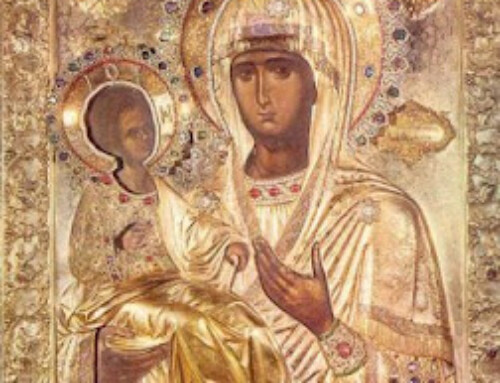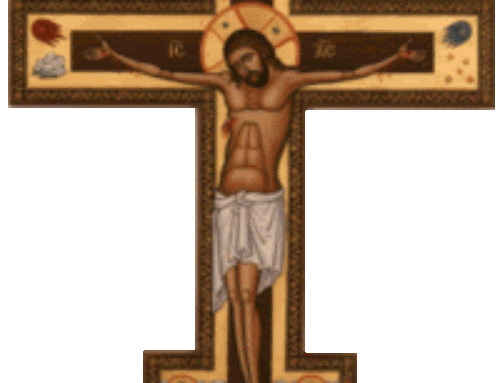Lit candles and Icon lamps (lampadas) have a special symbolic meaning in the Christian Church, and no Christian service can be held without them. In the Old Testament, when the first temple of God was built on earth the Tabernacle services were held in it with lamps as the Lord Himself had ordained (Ex. 40:5, 25). Following the example of the Old Testament Church, the lighting of candles and of lampadas was without fail included in the New Testament Church’s services.
The Acts of the Apostles mentions the lighting of lamps during the services in the time of the Apostles. Thus, in Troas, where Christ’s followers used to gather on the first day of the week (Sunday) to break bread, that is, to celebrate the Eucharist, there were many lights in the upper chamber (Acts 20:8). This reference to the large number of lamps signifies that they were not used simply for lighting, but for their spiritual significance.
The early Christian ritual of carrying a lamp into the evening service led to the present-day order of Vespers with its entry and the singing of the ancient hymn, O Jesus Christ, the Joyful Light…, which expresses the Christian teaching of spiritual light that illumines man of Christ the Source of the grace-bestowing light. The order of the morning service of Matins is also linked to the idea of the Uncreated Light of Christ, manifested in His Incarnation and Resurrection.
The Fathers of the Church also witnessed to the spiritual significance of candles. In the 2nd Century, Tertullian wrote: We never hold a service without candles, yet we use them not just to dispel night’s gloom we also hold our services in daylight but in order to represent by this Christ, the Uncreated Light, without Worn we would in broad daylight wander as if lost in darkness






